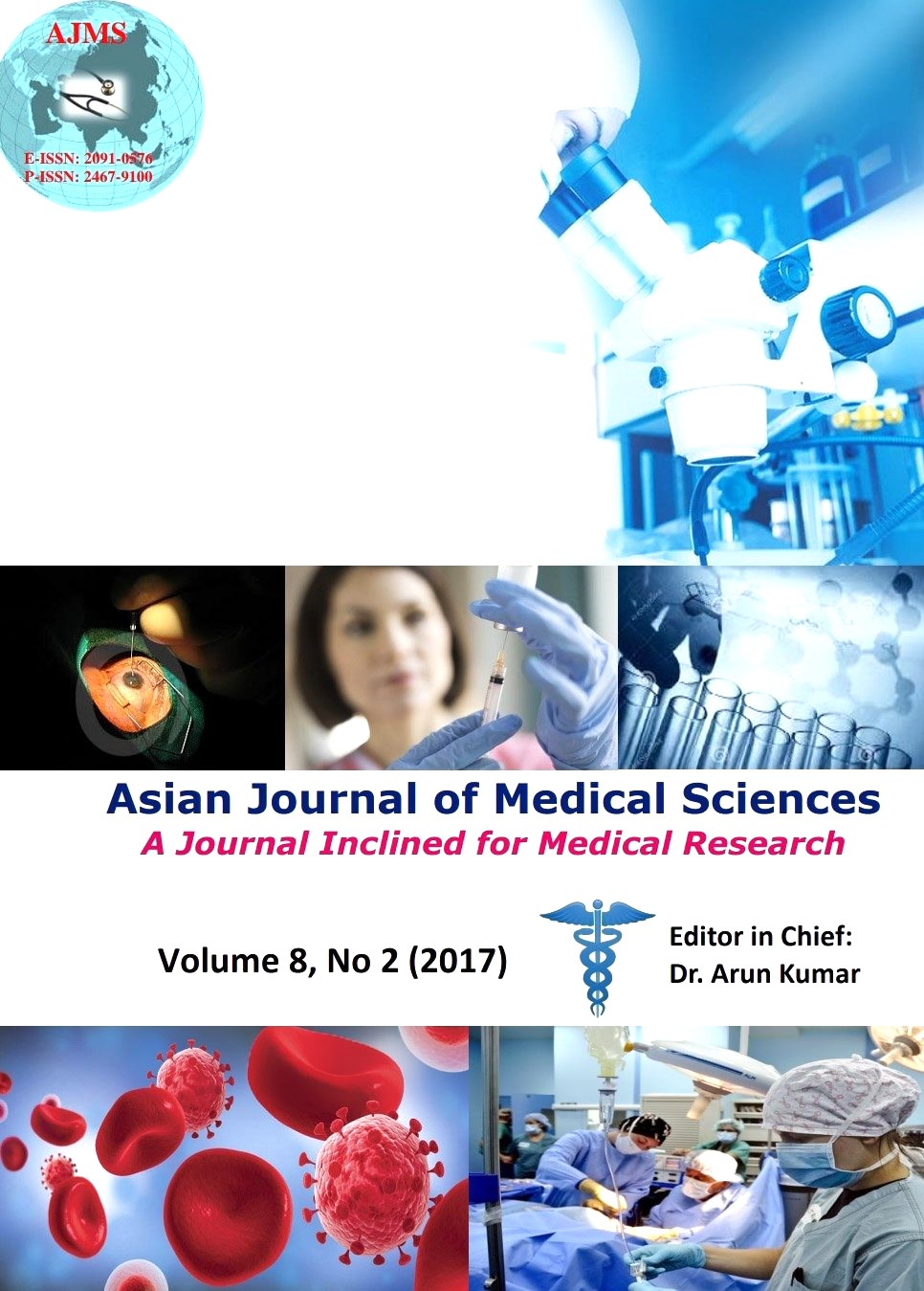Oxidant and antioxidant status in patients undergoing percutaneous coronary interventions
Keywords:
Coronary artery disease, Percutaneous coronary interventions, Angioplasty, Malondialdehyde, Oxidative stress, Total antioxidant capacity.Abstract
Background: Coronary artery disease (CAD) is the major disease leading to cause mortality and morbidity. The imbalance between the generation of reactive oxygen species (ROS) and the intrinsic antioxidant defense system leading to the oxidative stress, has been implicated in the pathogenesis of the cardiovascular disease. The formed free radicals and subsequent lipid peroxidation may be responsible for myocardial damage in patients undergoing percutaneous coronary interventions. Therefore, the understanding of the pathophysiological role of ROS generated during or after coronary interventions is essential to improve the success rate of these procedures.
Aims and Objective: The aim of this study was to evaluate the time course changes of oxidant and antioxidant status, in patients undergoing percutaneous coronary interventions (PCI).
Materials and Methods: The study included 120 consecutive patients (117 males, 3 females; mean age 58.4 years) who underwent elective PCI. Coronary angiography and coronary angioplasty were performed according to the standard protocols. Blood samples were taken just before (0hrs) and at 4 hrs and 24 hrs after coronary interventions to determine the oxidative status i.e. plasma malondialdehyde (MDA) and for antioxidative status, erythrocyte glutathione peroxidase (GPx), erythrocyte glutathione (GSH) and plasma ferric reducing ability of plasma (FRAP).
Results: There was significant increase in MDA levels (1.87±0.34, 1.90±0.46, p=0.000), at 4hrs and 24hrs after coronary interventions when compared to baseline levels. After coronary interventions, the GPx activity (12.96±8.37, 12.3±7.76, p=0.000) and FRAP levels (0.73±0.21, 0.70±0.23, p=0.001 respectively) were found to be increased significantly at 4hrs and 24hrs. However, the glutathione levels (2.40±0.57, 2.47±0.53, p=0.040) were decreased at 4hrs and 24hrs after coronary interventions.
Conclusion: Our study demonstrates that presence of oxidative stress in coronary interventions. The increase in antioxidants in the present study may be due to paradoxical increase in oxidant levels in patients undergoing coronary interventions.
Asian Journal of Medical Sciences Vol.8(2) 2017 29-33
Downloads
Downloads
Additional Files
Published
How to Cite
Issue
Section
License
Authors who publish with this journal agree to the following terms:
- The journal holds copyright and publishes the work under a Creative Commons CC-BY-NC license that permits use, distribution and reprduction in any medium, provided the original work is properly cited and is not used for commercial purposes. The journal should be recognised as the original publisher of this work.
- Authors are able to enter into separate, additional contractual arrangements for the non-exclusive distribution of the journal's published version of the work (e.g., post it to an institutional repository or publish it in a book), with an acknowledgement of its initial publication in this journal.
- Authors are permitted and encouraged to post their work online (e.g., in institutional repositories or on their website) prior to and during the submission process, as it can lead to productive exchanges, as well as earlier and greater citation of published work (See The Effect of Open Access).




